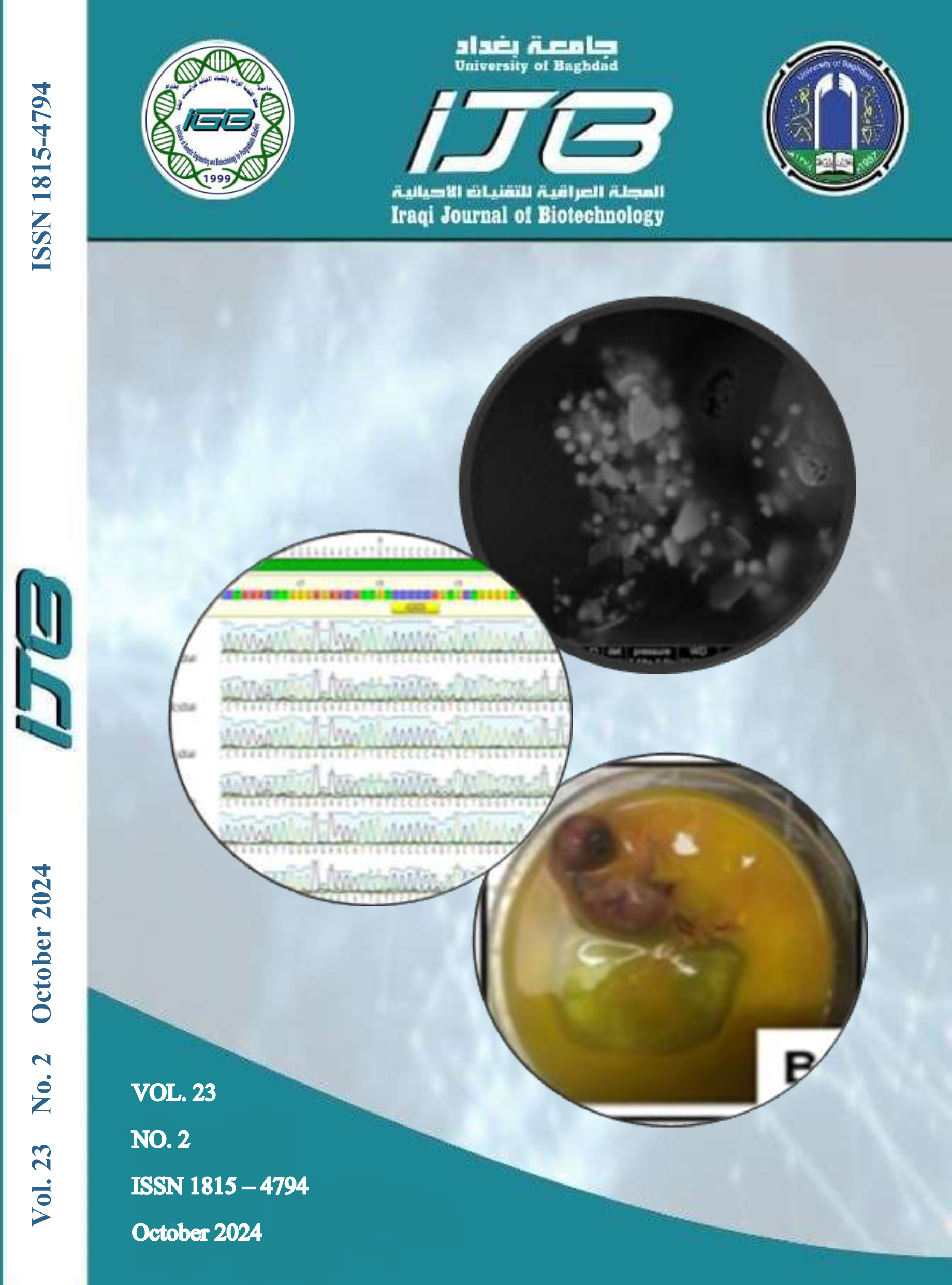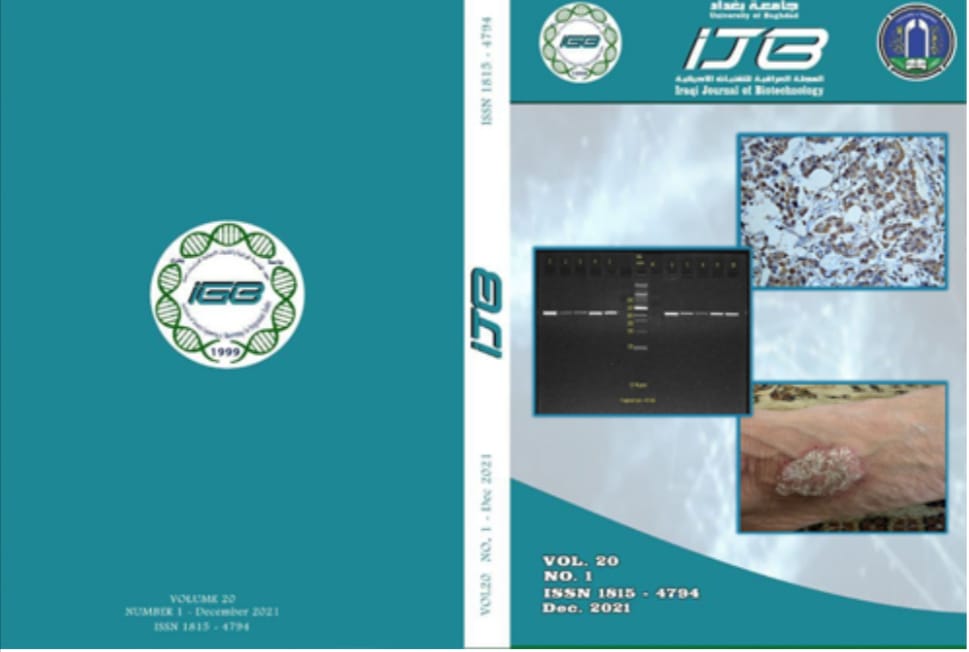Detection of Some Capsule Genes (ugE, wabG and ycfM) in Carbapenem Resistance Klebsiella pneumoniae Clinical Isolates from Baghdad Hospitals
Abstract
The rising prevalence of carbapenem-resistant K. pneumoniae has emerged as a significant concern in the field of public health. Consequently, it is imperative to conduct an in-depth study of this issue, particularly in relation to the potential association between capsule genes and the development of carbapenem resistance. The aim of the study identifying effective strategies to reduce the dissemination of carbapenem antibiotic resistance. The 120 samples were collected from different clinical specimens (burns, sputum, urine, and wound) between October 2022 and January 2023.), according to culturing , microscopic examination, biochemical tests and vitek 2 system , only 50 isolate (41.6%) isolates were found to be Klebsiella pneumoniae. The percentages of isolation were found to be (46%) by sputum (22%), (20%), and (12%) in urine, sputum, wounds and burns respectively. Antibiotic sensitivity testing on three types of carbapenem discs, namely imipenem, meropenem, and doripenem, revealed that meropenem was the most effective antibiotic, followed by imipenem, and finally doripenem, with resistance percentages of (30%, 40%, and 56%, respectively). By using PCR specific primers designed particularly for this study, capsule associated genes were detected in twenty-five resistant and sensitive isolates. cfm was found to be the most predominant gene, followed by wabG and uge, with percentages of (88%, 84%, and 72%, respectively). It was concluded there is an association between capsule associated genes and carbapenem resistance in K. pneumoniae.


